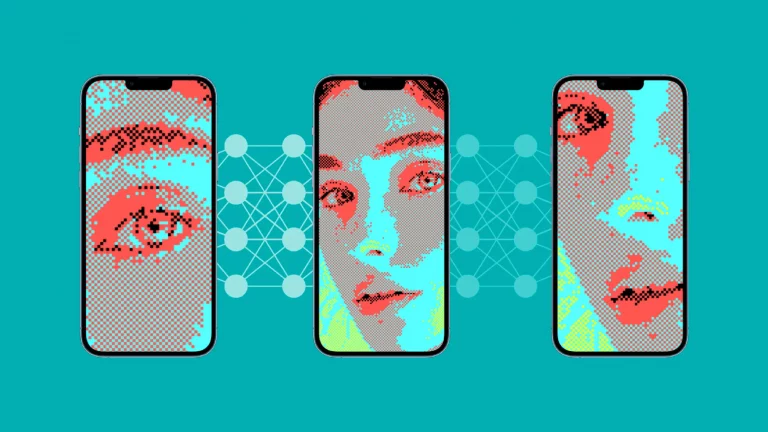How semiotic ethnography solved the riddle: What do chronic pain patients want?

In this article Laura S. Oswald discusses the advantages of semiotic research methods for decoding consumer experiences and translating them into marketing strategy.
Oswald focuses specifically on the innovative research techniques we used to decode the meaning of chronic pain for patients, one of the most elusive areas of consumer behaviour. Pain research poses unique research challenges because patients have trouble verbalizing what they actually feel. The case illustrates the advantages of semiotic ethnography and metaphor elicitation to decode the non-verbal discourses consumers use to describe their pain experiences. Findings led to a new understanding of chronic pain, based not so much on its effects on the body, as on consumers’ lifestyles and goals.
Researchers discovered that “what chronic pain patients want†is a restored sense of order and purpose in their lives.
The multi-dimensional design of the research also bridged the gap between consumer insights, marketing strategy and advertising. Findings inspired ideas for new pain treatment products and pharmaceutical brand positioning. Furthermore, by linking the experience of pain to visual symbolism, the picture sort exercise provided insights for developing marketing communication strategies.



